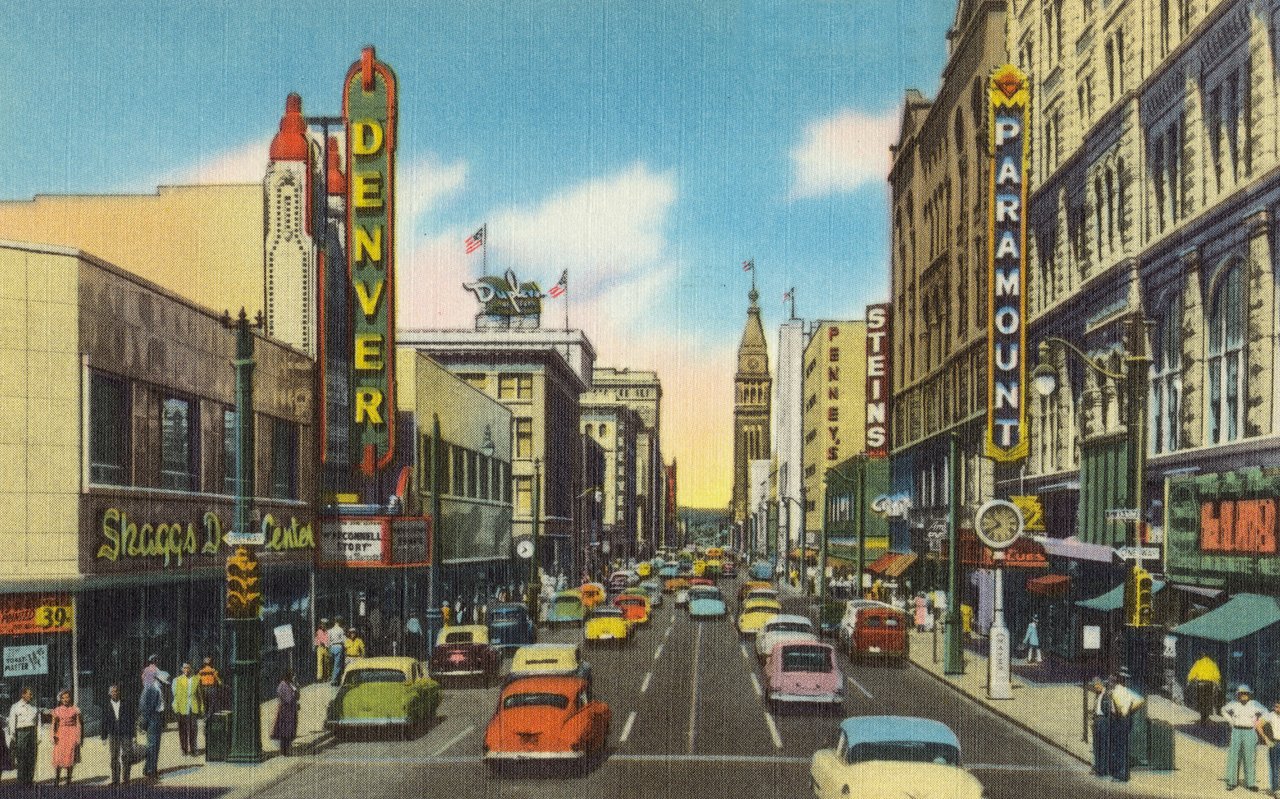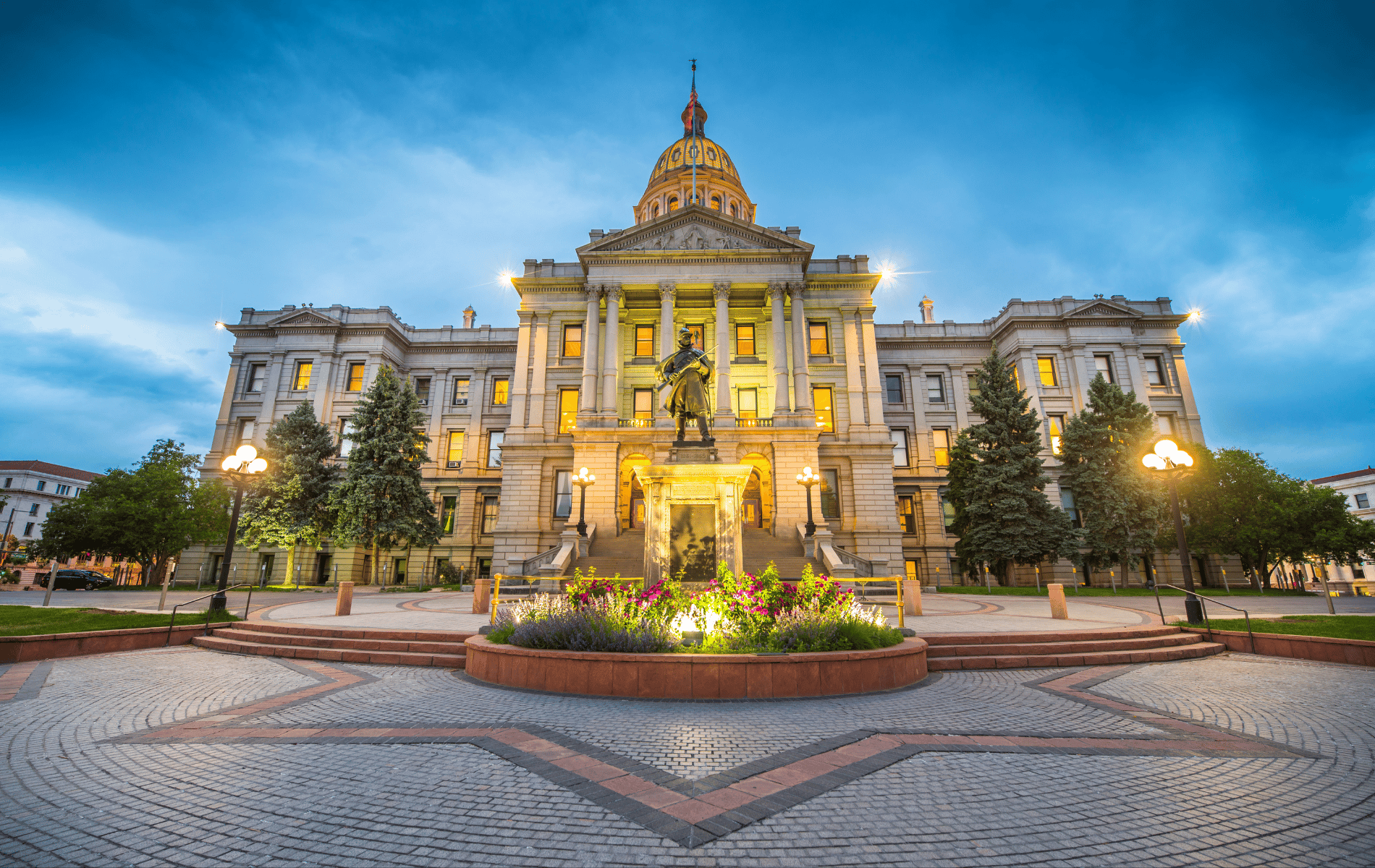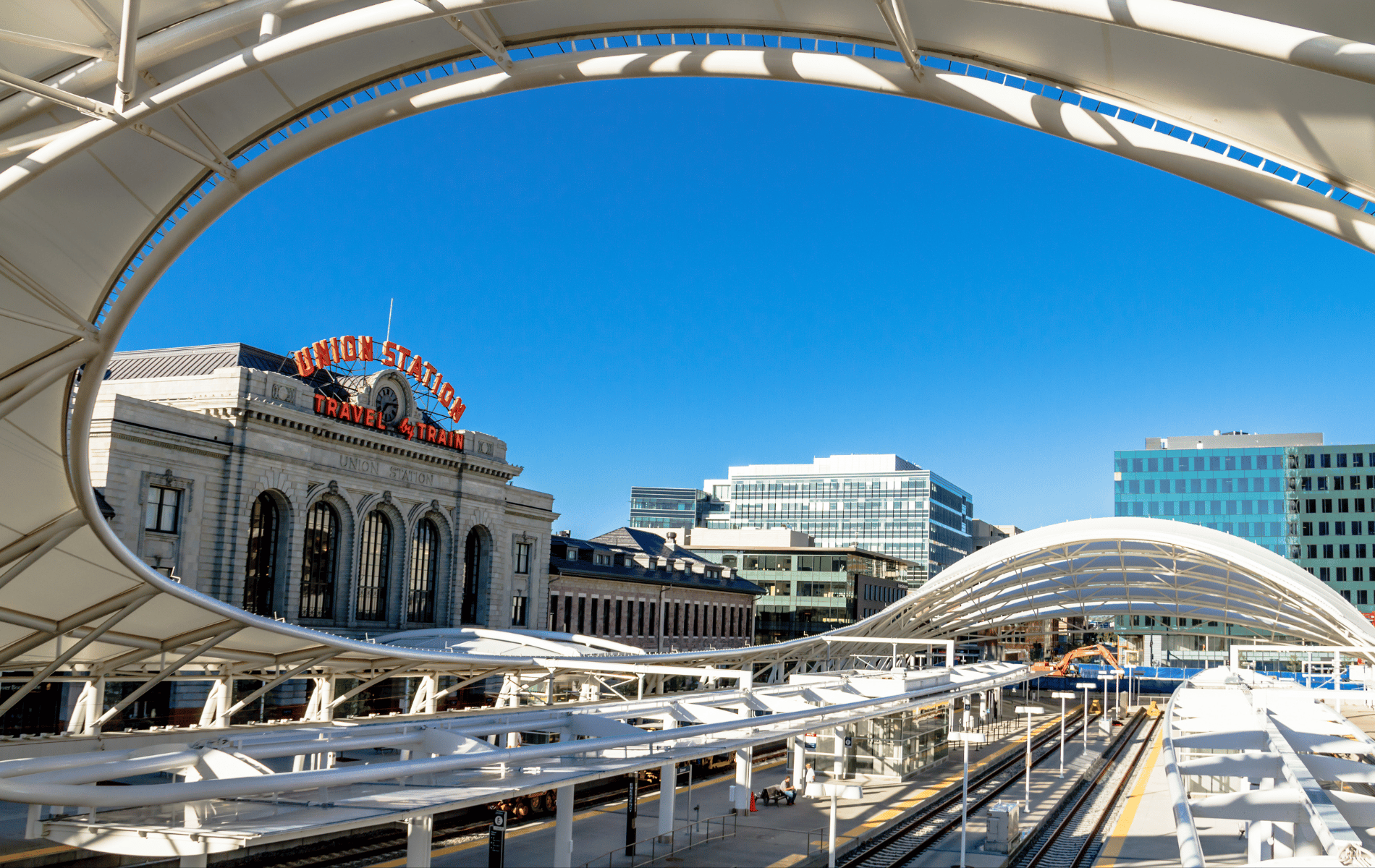Denver, Colorado, is a city built on ambition, resilience, and the pioneering spirit of the American West. What began as a rugged mining settlement during the Pike’s Peak Gold Rush in 1858 quickly transformed into a central hub for trade, travel, and innovation—laying the groundwork for the vibrant, diverse city we know today.
Gold, Growth & Grit
Founded at the confluence of the South Platte River and Cherry Creek, Denver’s strategic location made it a natural point of convergence for settlers, traders, and gold seekers. The discovery of gold in the nearby Rocky Mountains triggered a boom, turning the once-sparse camp into a bustling frontier town. Originally part of the Kansas Territory, the town was named after James W. Denver, its then-governor, in hopes of gaining political favor (even though he never actually visited the area).
By 1861, Denver was part of the newly created Colorado Territory, and by 1867, it became the territorial capital. When Colorado achieved statehood in 1876, Denver was officially designated the state capital, cementing its importance in the region. The arrival of the railroad in 1870, which connected Denver to the national rail system, played a pivotal role in the city’s growth. It ensured Denver's survival and prosperity at a time when other settlements faded away.
In the late 19th and early 20th centuries, Denver thrived on commerce, manufacturing, and a growing financial sector. The city expanded rapidly, with cultural institutions, grand architecture, and public parks taking shape as part of Denver’s “City Beautiful” movement, which aimed to enhance urban life through design and civic pride.
A City That Reinvents Itself
Denver has always embraced change while honoring its roots. From its historic brick buildings and Victorian homes to cutting-edge sustainability projects and tech-driven infrastructure, the city continues to evolve. Known today for its thriving arts and culture scene, abundant outdoor recreation, and forward-thinking urban planning, Denver is a destination for both dreamers and doers.
In the mid-to-late 20th century, Denver experienced both economic booms and busts—driven in part by the rise and fall of the oil industry. The city responded by diversifying its economy, investing in technology, aerospace, healthcare, and renewable energy. It also expanded its public transportation network and redeveloped key areas like LoDo (Lower Downtown), which is now a vibrant urban district known for entertainment, restaurants, and historic preservation.
As we look to the future, Denver is poised to grow in smart, sustainable ways—investing in renewable energy, public transit, and inclusive development that supports a high quality of life for all its residents.
Want to Learn More About Denver?
Whether you're new to the Mile High City or a longtime local looking to explore more, check out The Denver Group’s Neighborhood Guide for in-depth information on the city’s most popular neighborhoods and surrounding suburbs. From historic districts to up-and-coming communities, we’ll help you find the perfect place to call home.
📍 When you think of real estate, think of The Denver Group.



